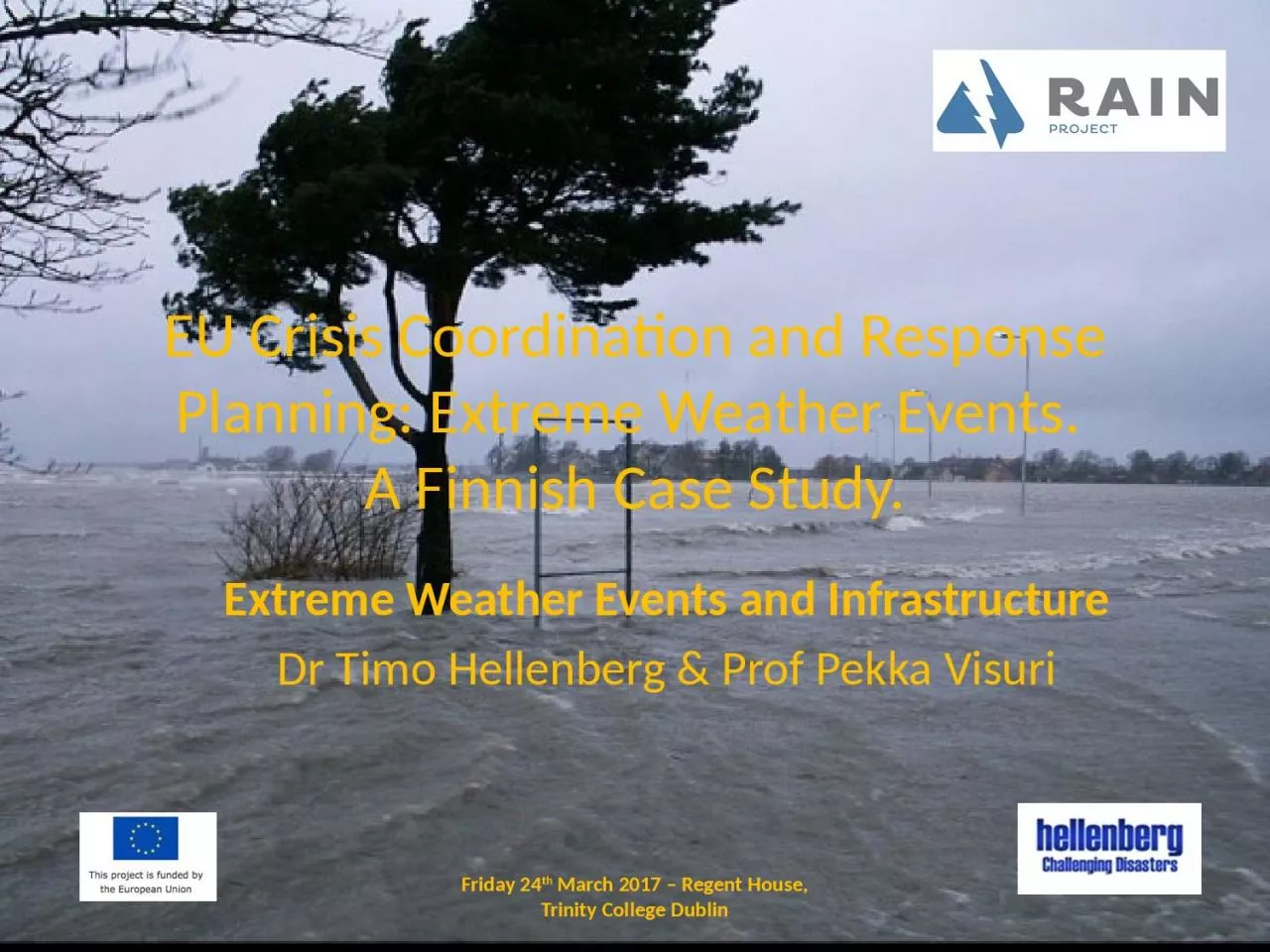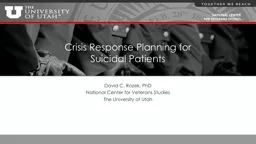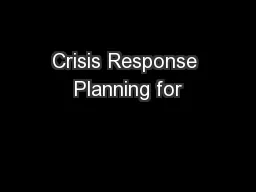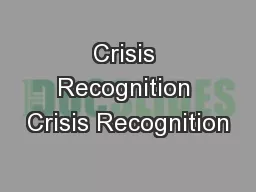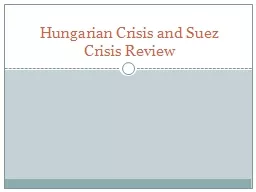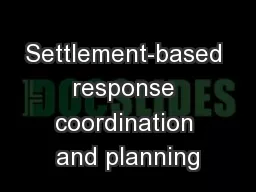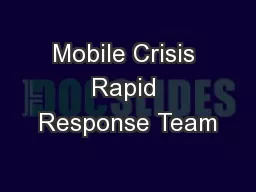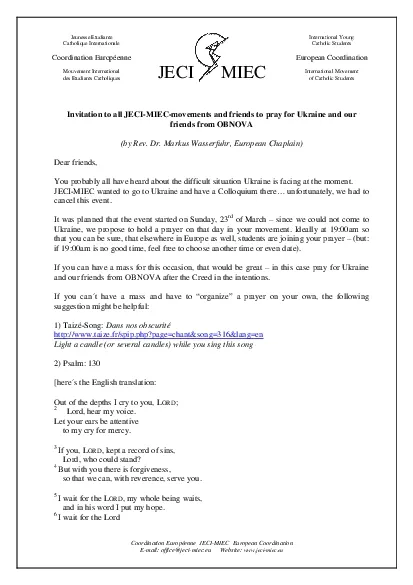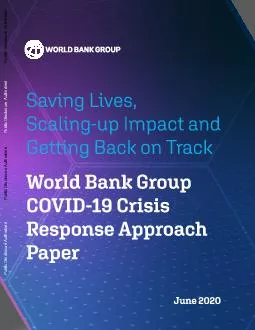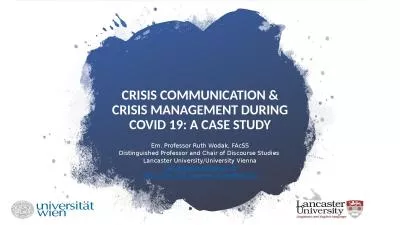PPT-EU Crisis Coordination and Response
Author : jovita | Published Date : 2023-09-25
Planning Extreme Weather Events A Finnish Case Study Extreme Weather Events and Infrastructure Dr Timo Hellenberg amp Prof Pekka Visuri Friday 24 th March 2017
Presentation Embed Code
Download Presentation
Download Presentation The PPT/PDF document "EU Crisis Coordination and Response" is the property of its rightful owner. Permission is granted to download and print the materials on this website for personal, non-commercial use only, and to display it on your personal computer provided you do not modify the materials and that you retain all copyright notices contained in the materials. By downloading content from our website, you accept the terms of this agreement.
EU Crisis Coordination and Response: Transcript
Download Rules Of Document
"EU Crisis Coordination and Response"The content belongs to its owner. You may download and print it for personal use, without modification, and keep all copyright notices. By downloading, you agree to these terms.
Related Documents

